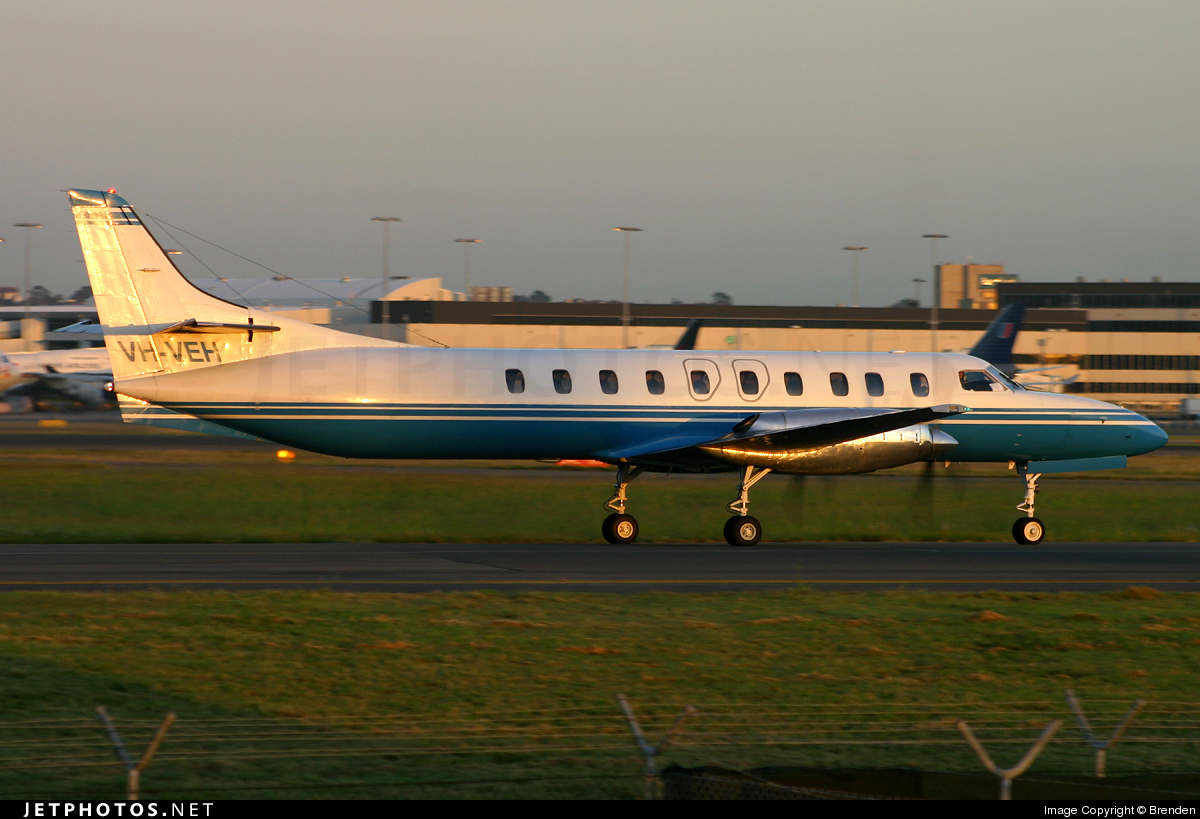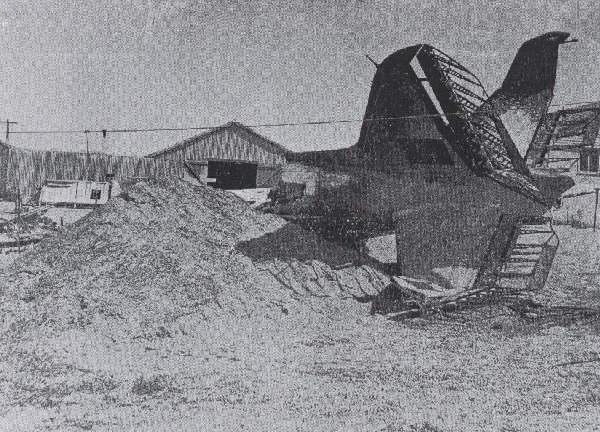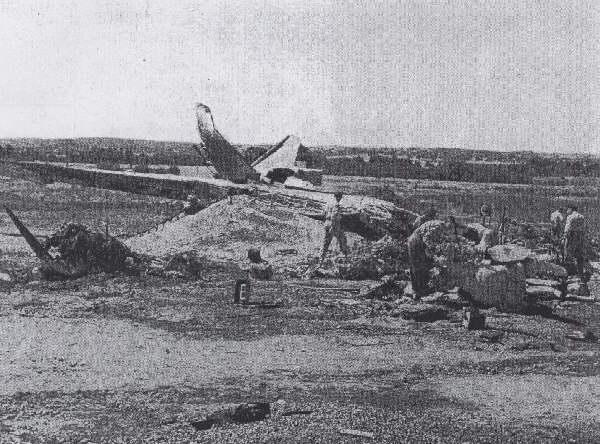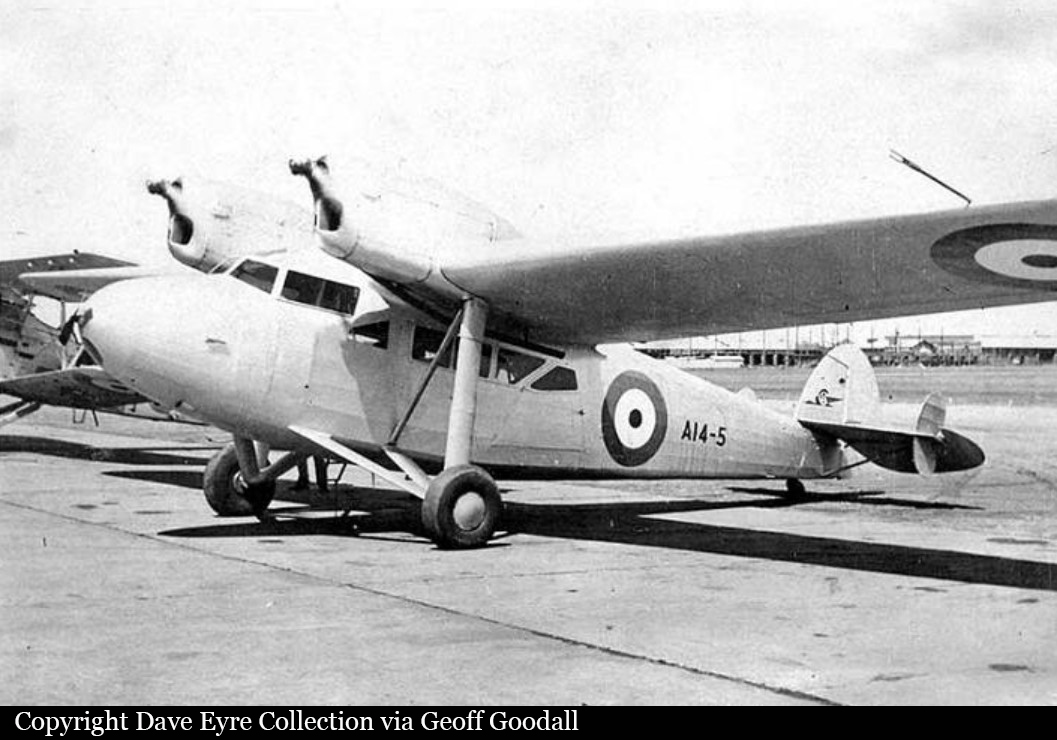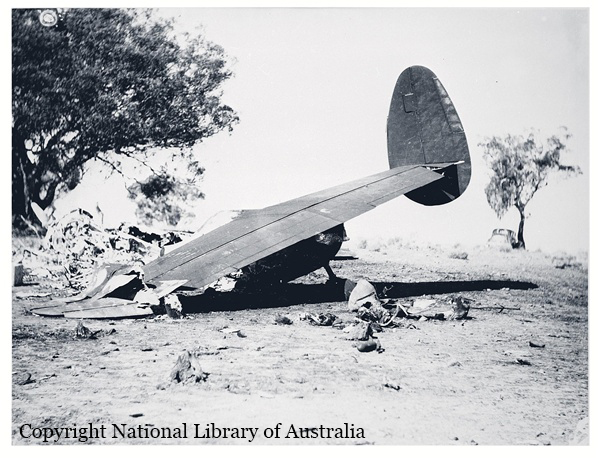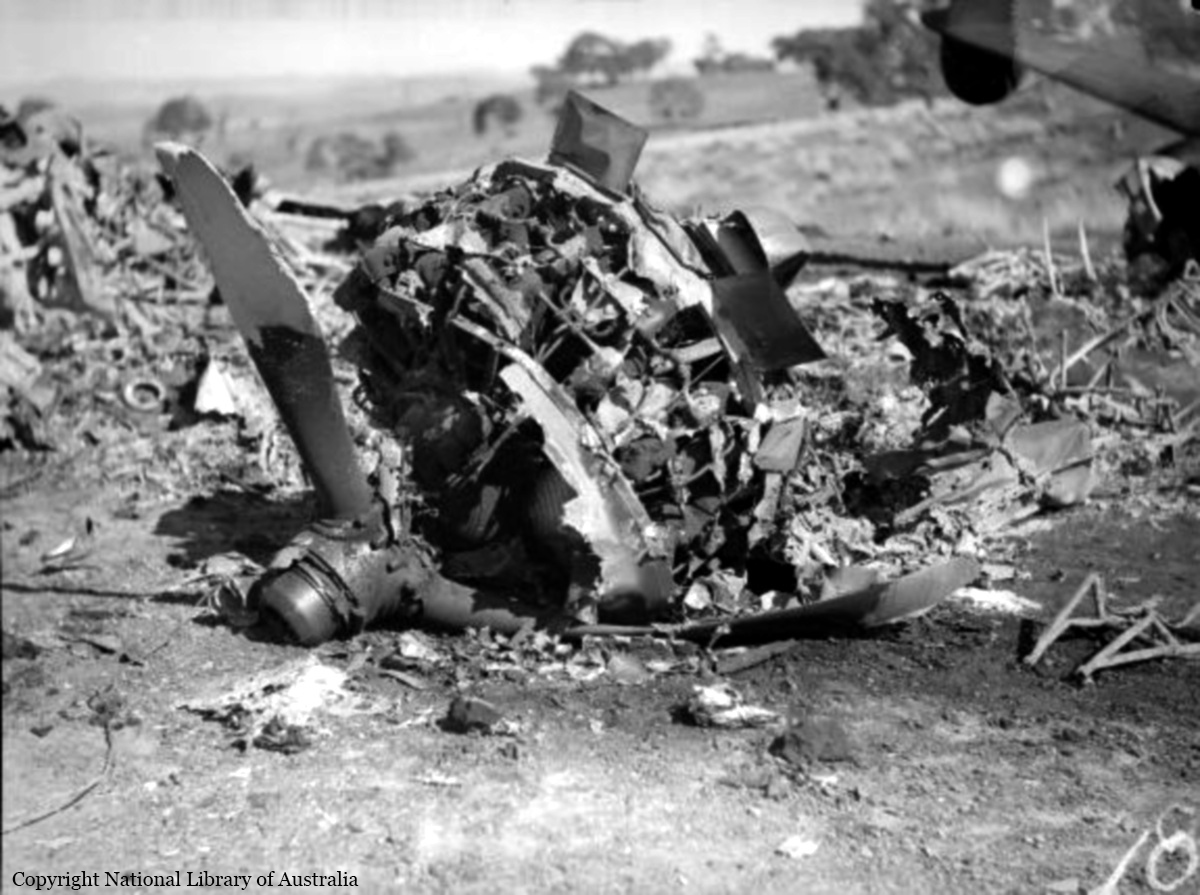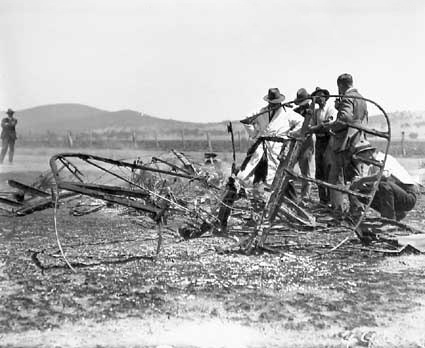Crash of a Swearingen SA227AC Metro III in Canberra
Date & Time:
Jul 1, 2006
Registration:
VH-VEH
Survivors:
Yes
MSN:
AC-663B
YOM:
1986
Crew on board:
0
Crew fatalities:
Pax on board:
0
Pax fatalities:
Other fatalities:
Total fatalities:
0
Circumstances:
By night, the twin engine aircraft landed hard at Canberra Airport. There were no injuries but the aircraft was damaged beyond repair.
Probable cause:
ATSB did not conduct any investigations on this event.
